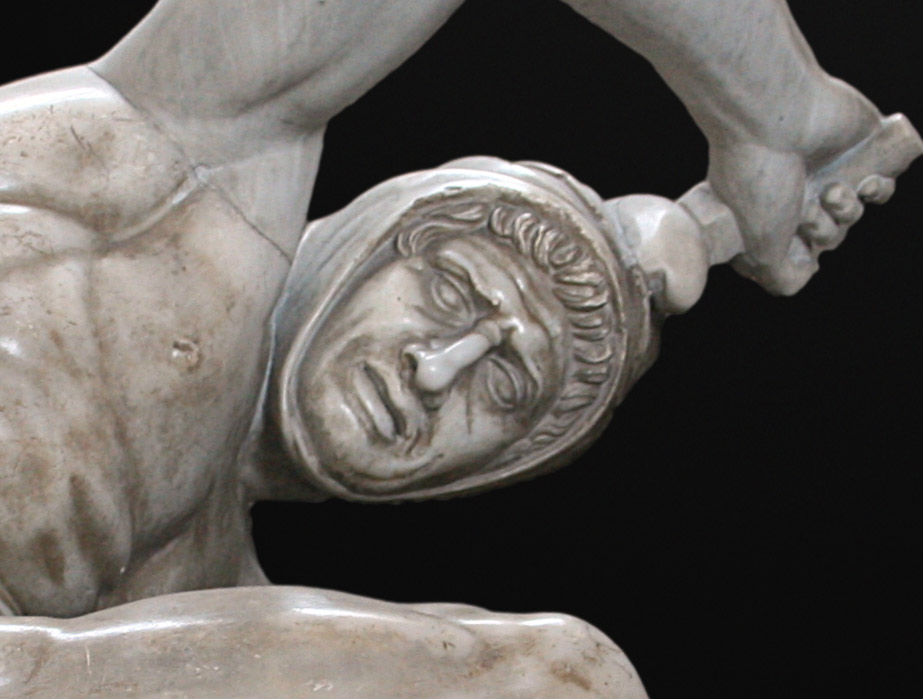In the Vatican museums there is a section where all visitors are forced to pass through: the section that I have nicknamed “Ikea path”, because, just like in the well-known Swedish store, there is no way to skip it. These are the so-called upper galleries, pleasure and pain of us guides, because during the high season they can be overcrowded without the possibility of detours. Nevertheless, interesting works can be found there; for a matter of time and space, one cannot linger too much, especially in the gallery of the Candelabra. This first portion of the upper galleries was a loggia, subsequently closed and transformed into a museum. Of course, in the second half of the eighteenth century, when this change happened, we certainly did not expect to have 30 thousand visitors a day! So, the first selected guests had the opportunity to wander undisturbed, being able to stop even on the left (now, for reasons of “viability” it is prohibited, especially on the busiest days). By the way, in case you want to feel like eighteenth-century connoisseurs, well, this is the best time to visit museums!
For this reason, I want to tell you about an art work that is located right here, just at the end of it, on the left: the Persian warrior (early 2nd century AD). It’s quiet impossible not to notice it, because it is so different from the other statues.
It is a very muscular, crouched Persian soldier, completely naked like it’s meant to be for heroes, except for the typical Phrygian cap (to be clear it’s the one in the shape of the Smurfs hat), trying to extract something. Because of Its position, the statue might have been a part of a high relief. So what does toothache have to do with it? Well, it all started with a guest of mine who, glancing at the statue, had only noticed a kind of handkerchief around his contrite face of pain, which seemed to end up with a bow on his head!

Obviously, teeth do not fit at all, as you can easily imagine. This art work seems to be a Roman copy from an original bronze one, belonging to a conspicuous group that was located on the acropolis of Athens and in Pergamum, commissioned by Attalus II in memory of the victories of the Greeks over the Persians. I suppose you will remember about the battle of Marathon, made famous by the young Phidippides who ran uninterruptedly from there to Athens to report the victory, dying from the effort immediately afterwards (this is where the name of the well-known running competition comes from). Well this battle brought to the victory of the Athenians led by the talented strategist Miltiades over the Persian army. It would seem an excellent opportunity for the Greeks to boast representing the defeated enemy as a nullity or as a feral and inferior being, as the Romans will often do in the representation of the barbarians, just to shine some more. But no, it’s too easy to win like this. The truth is that the Persians were “tough” and this art work shows it very well: although the warrior is exhausted (you can get it from the splendid expression of the face) he seems not to hesitate to play it all, trying to extract the sword to fight till the end. Certainly it’s not toothache! That’s what I call Valor!
